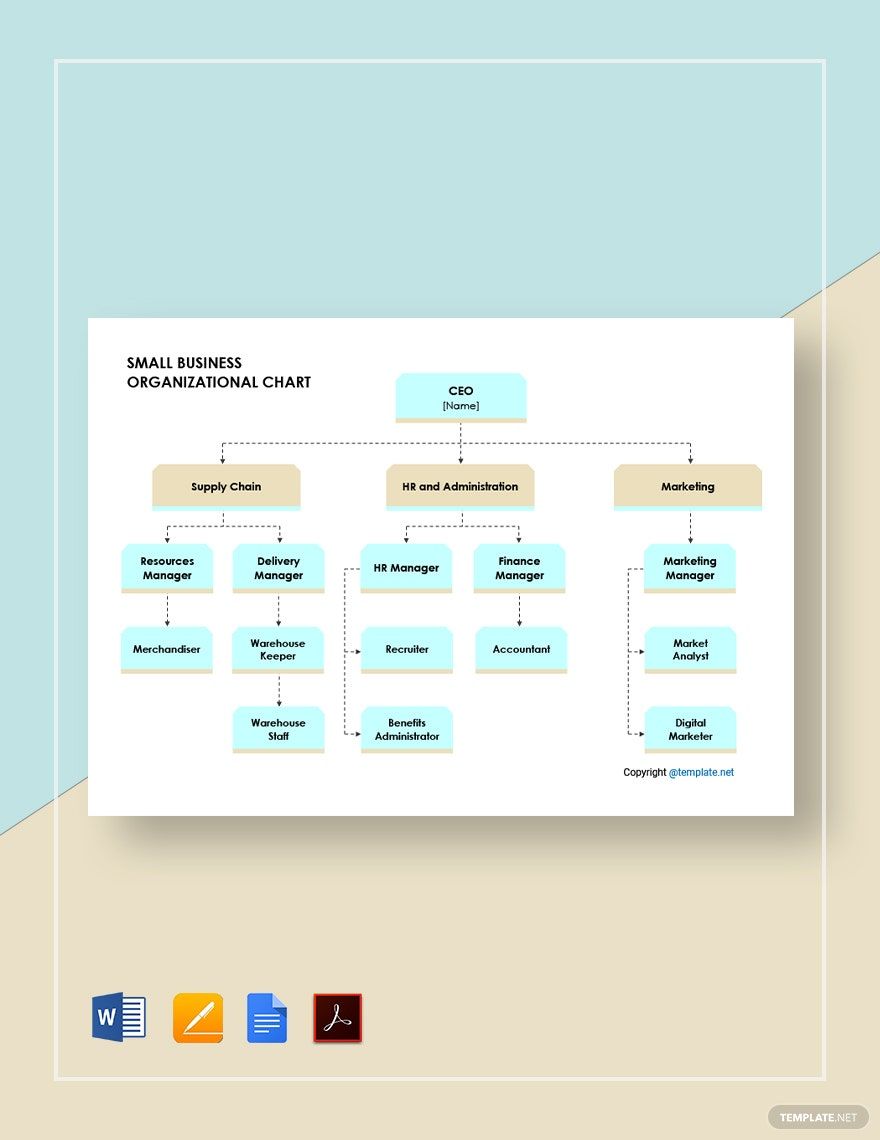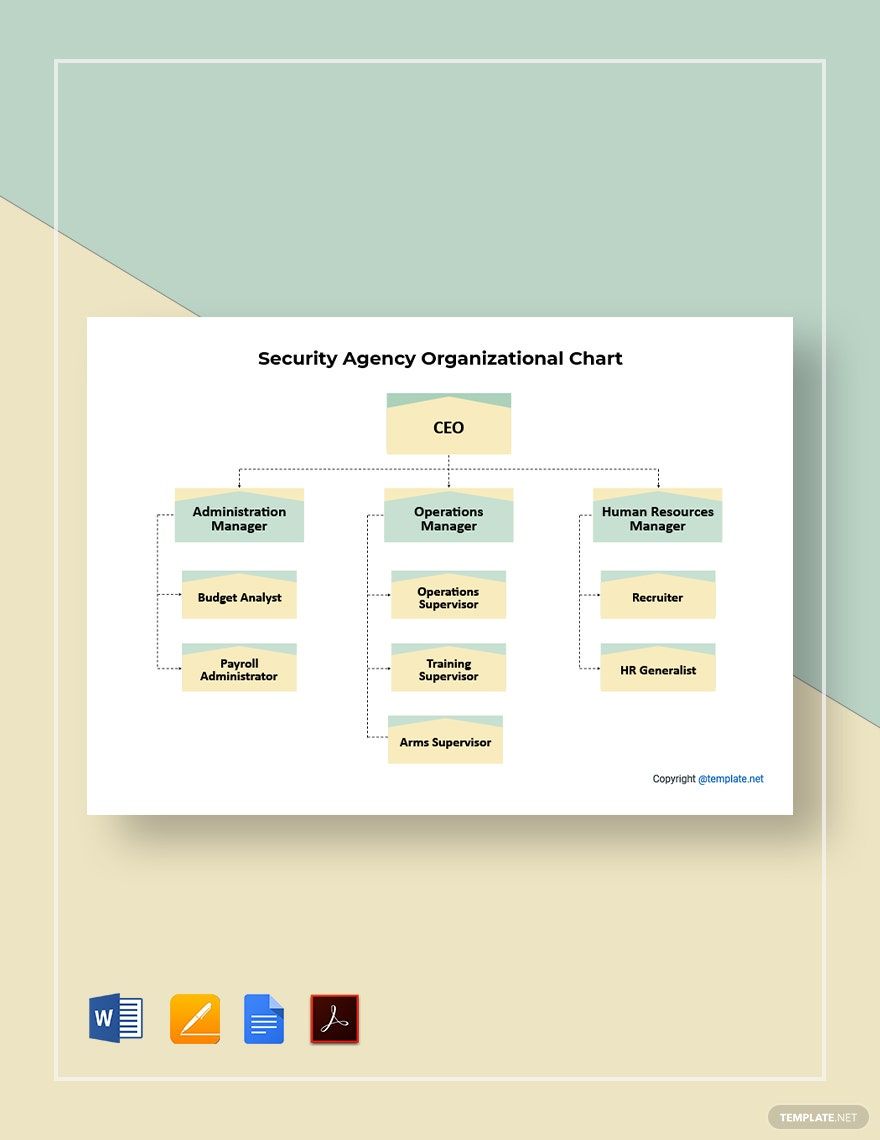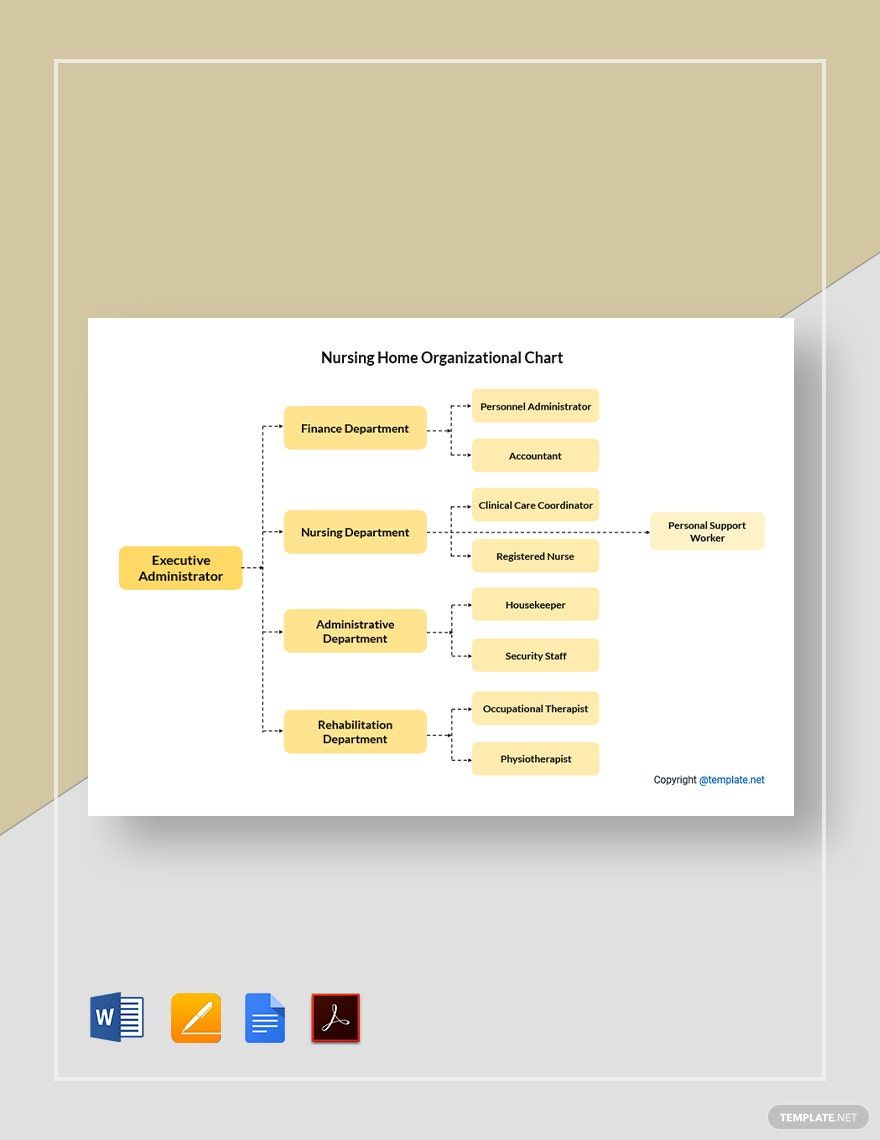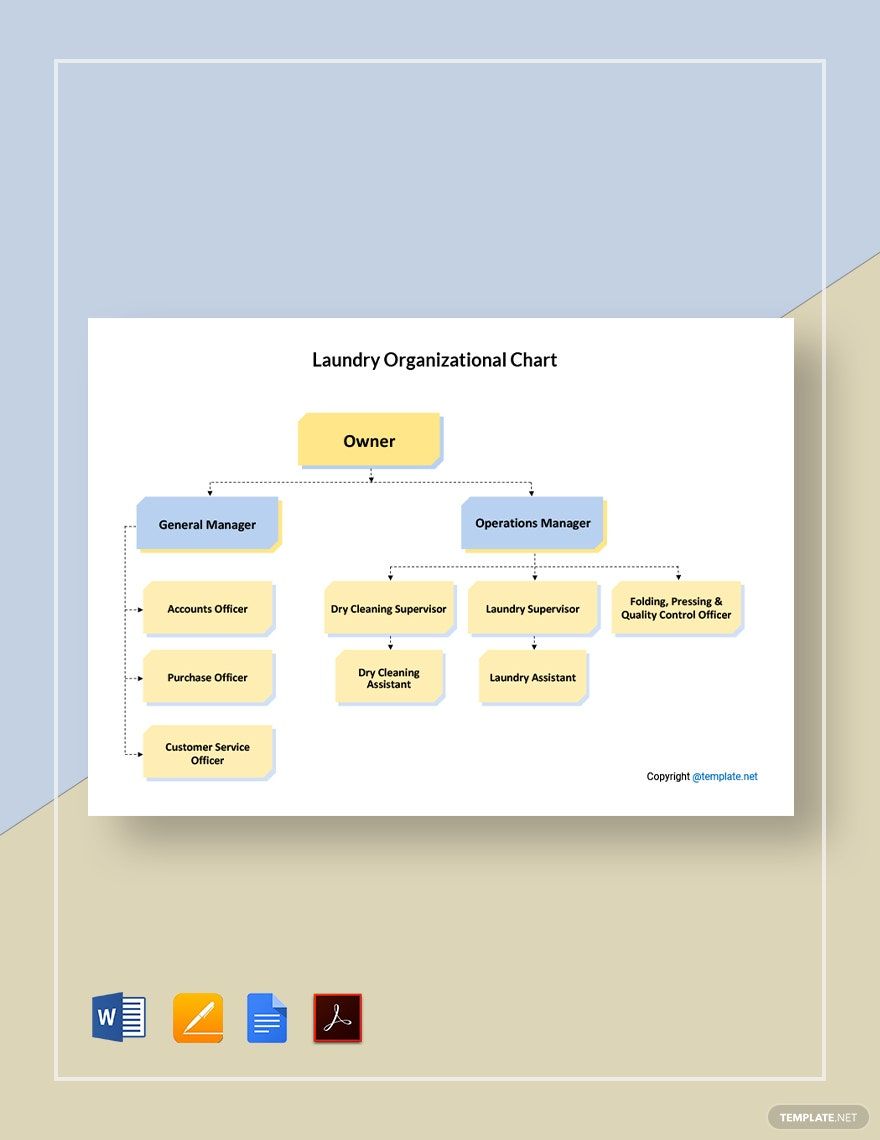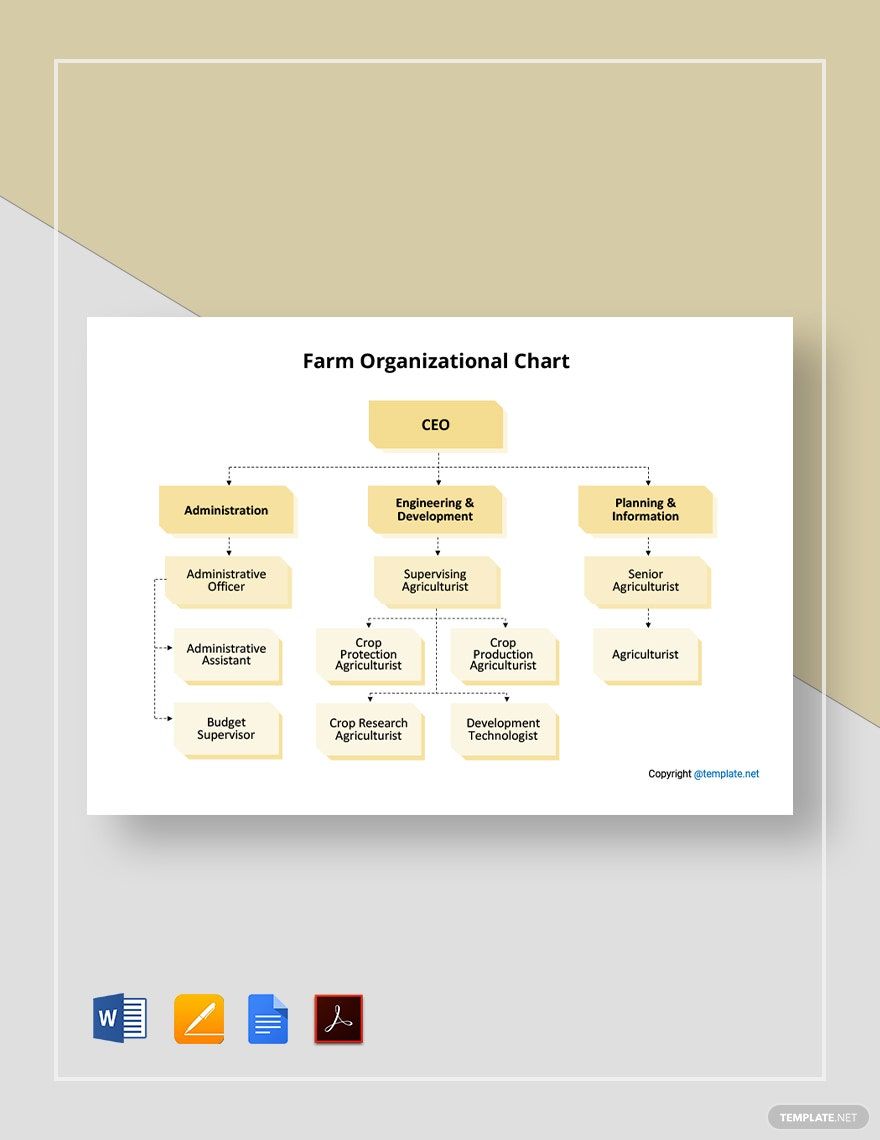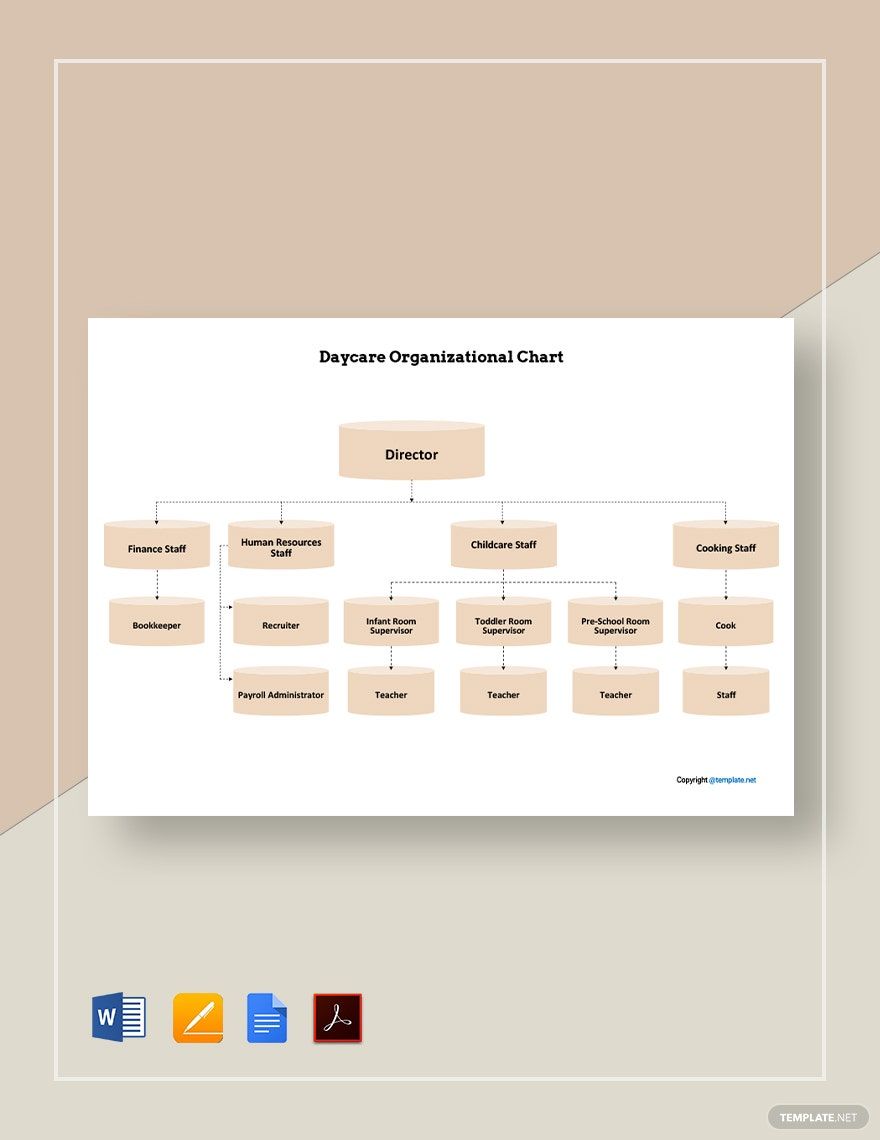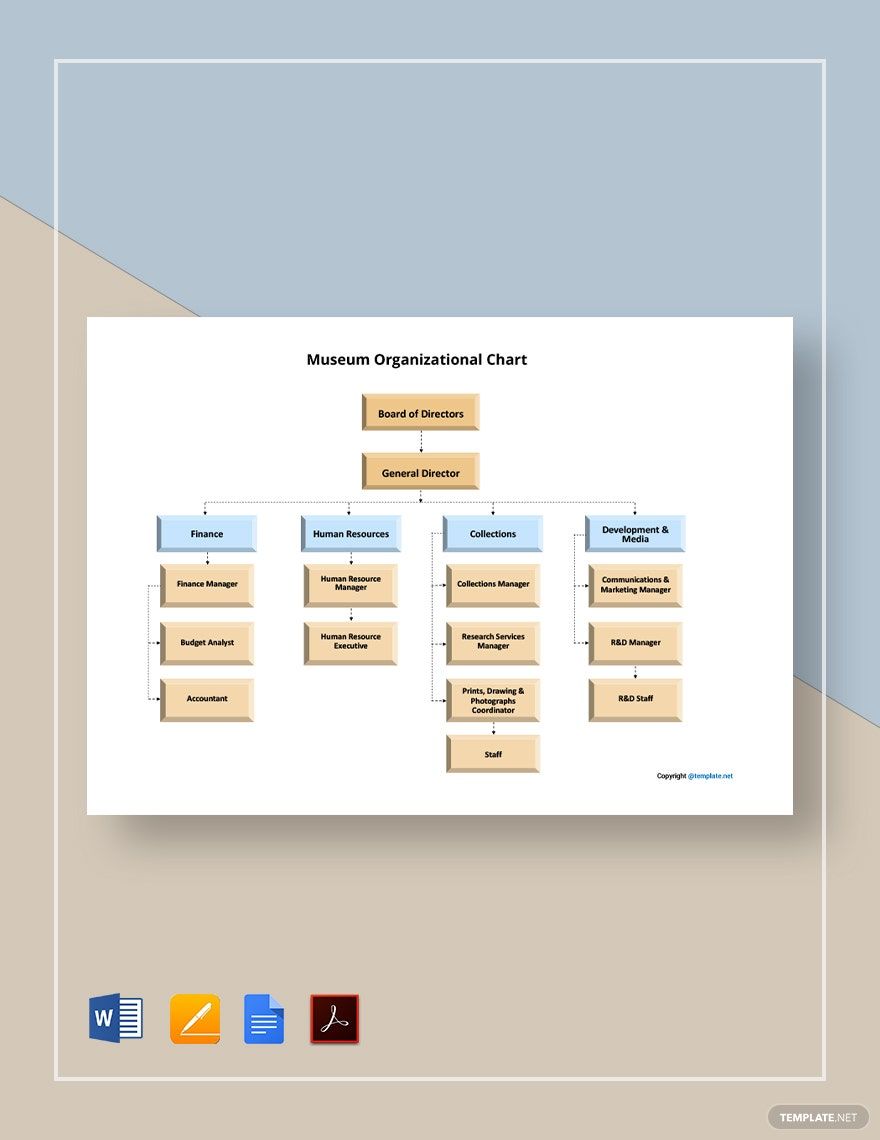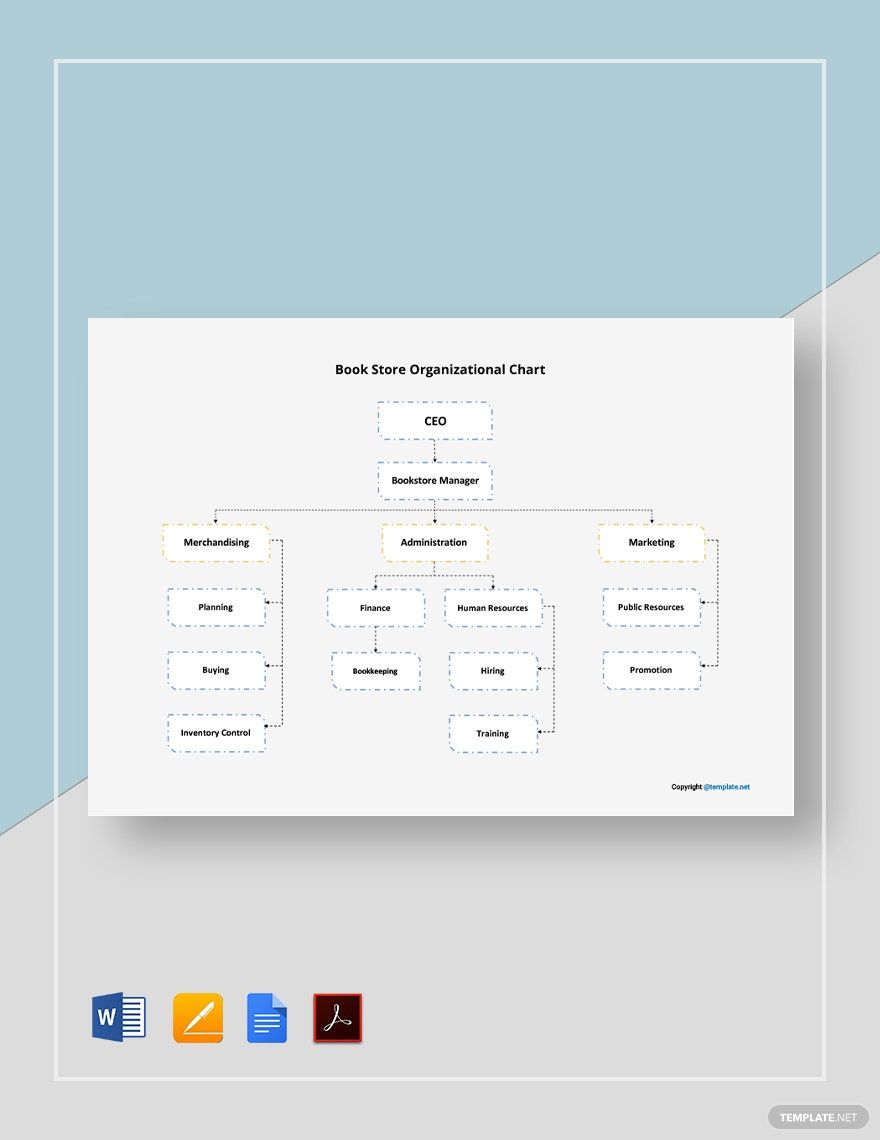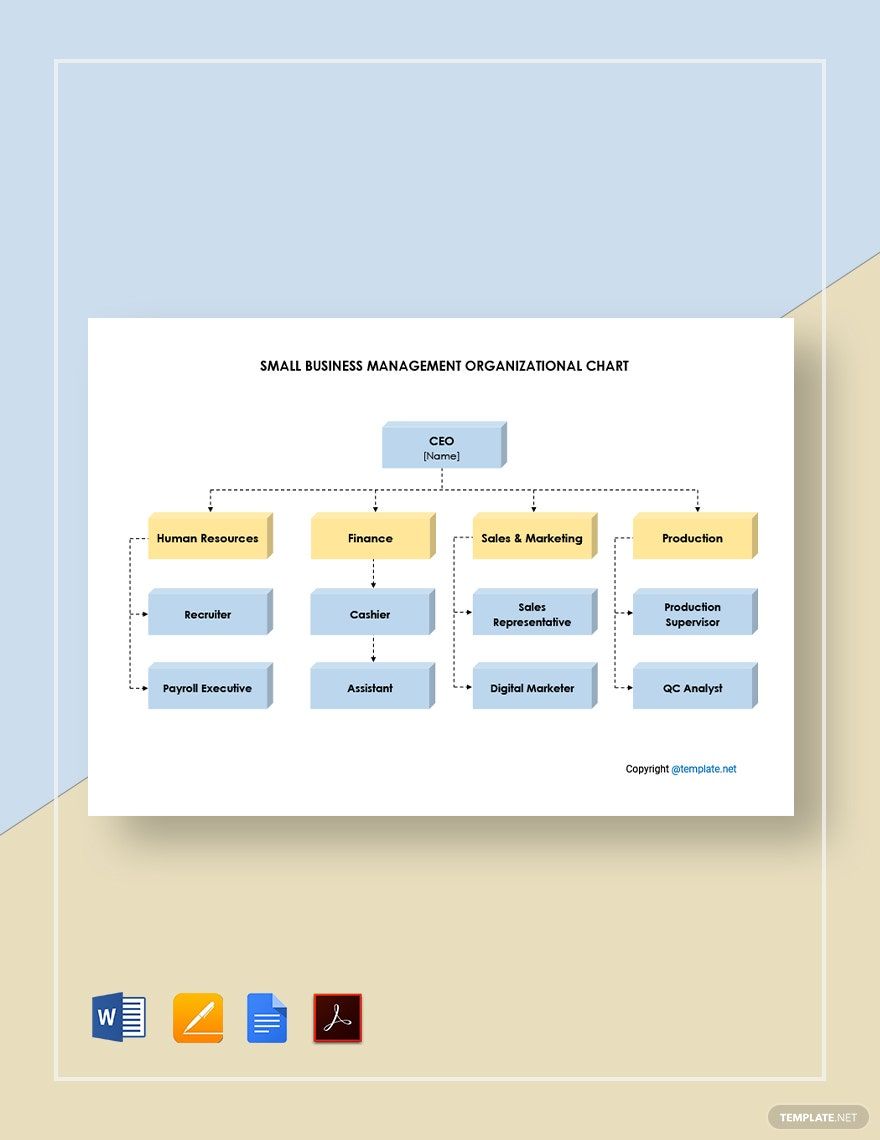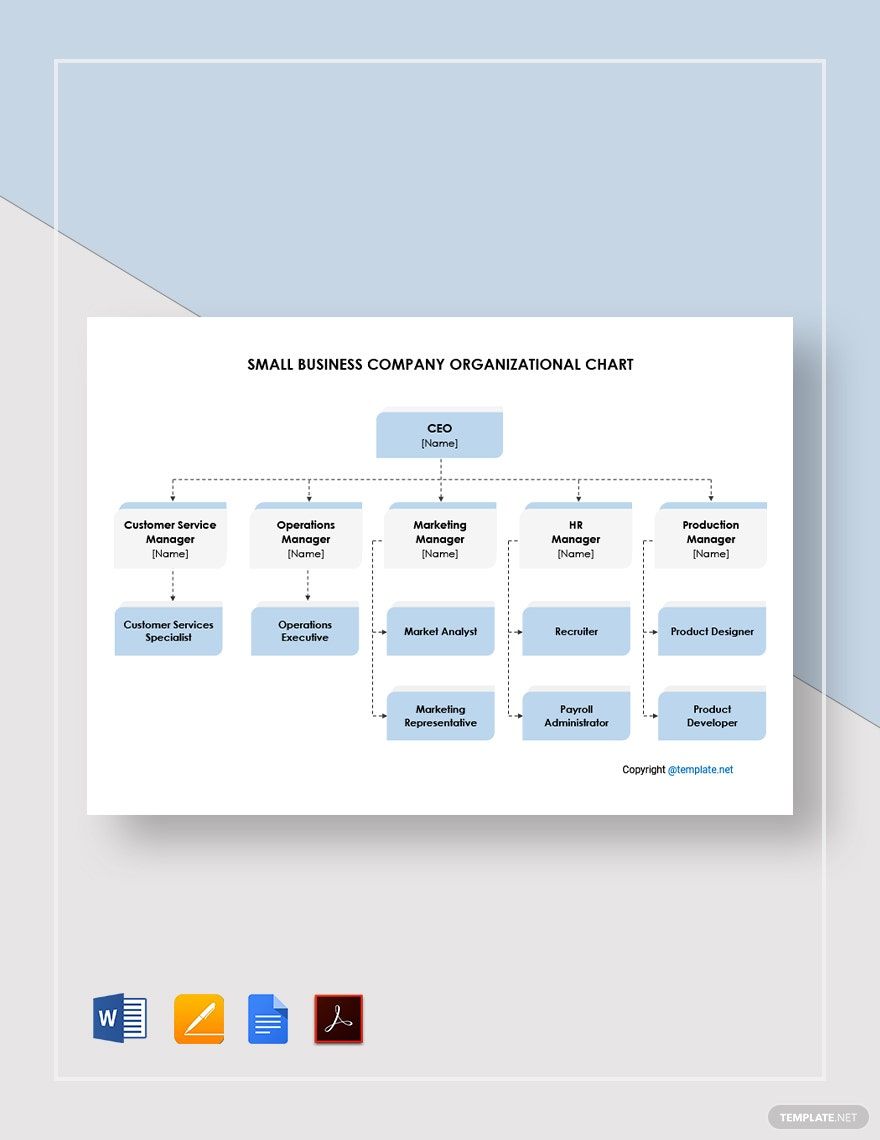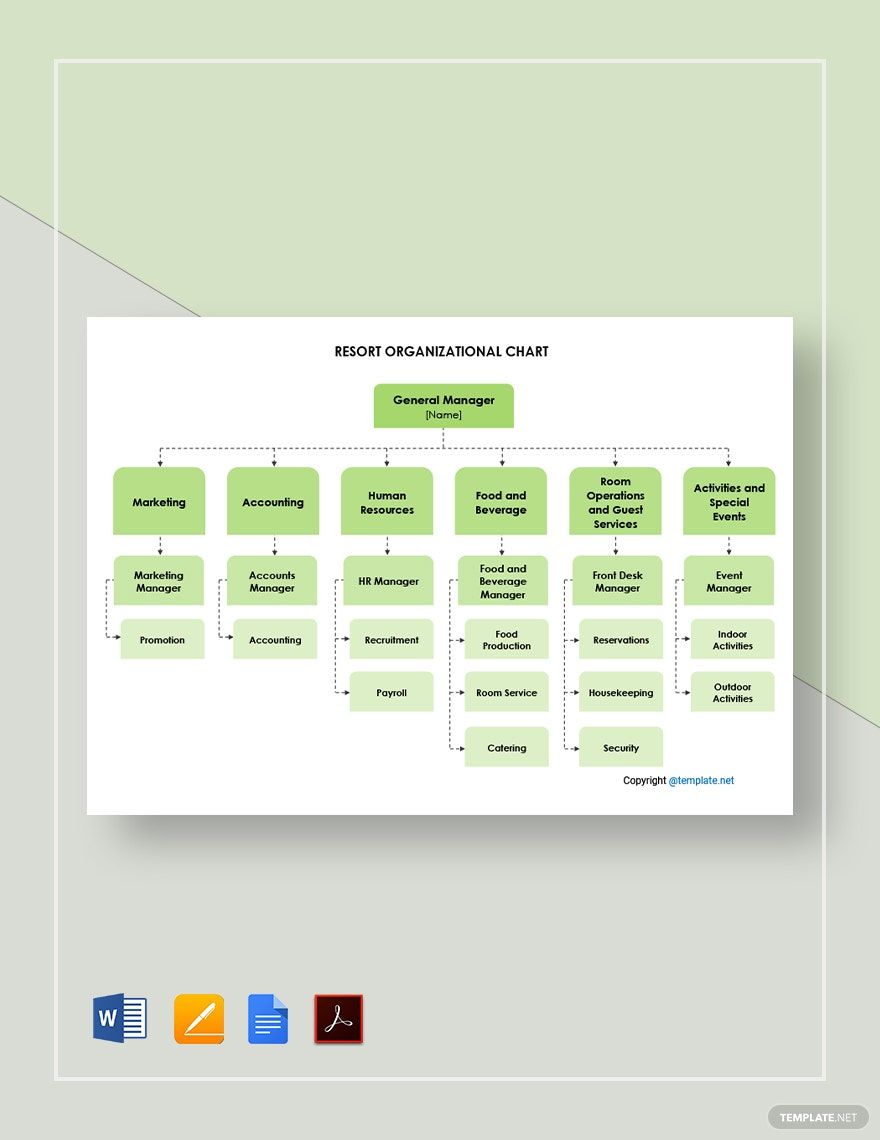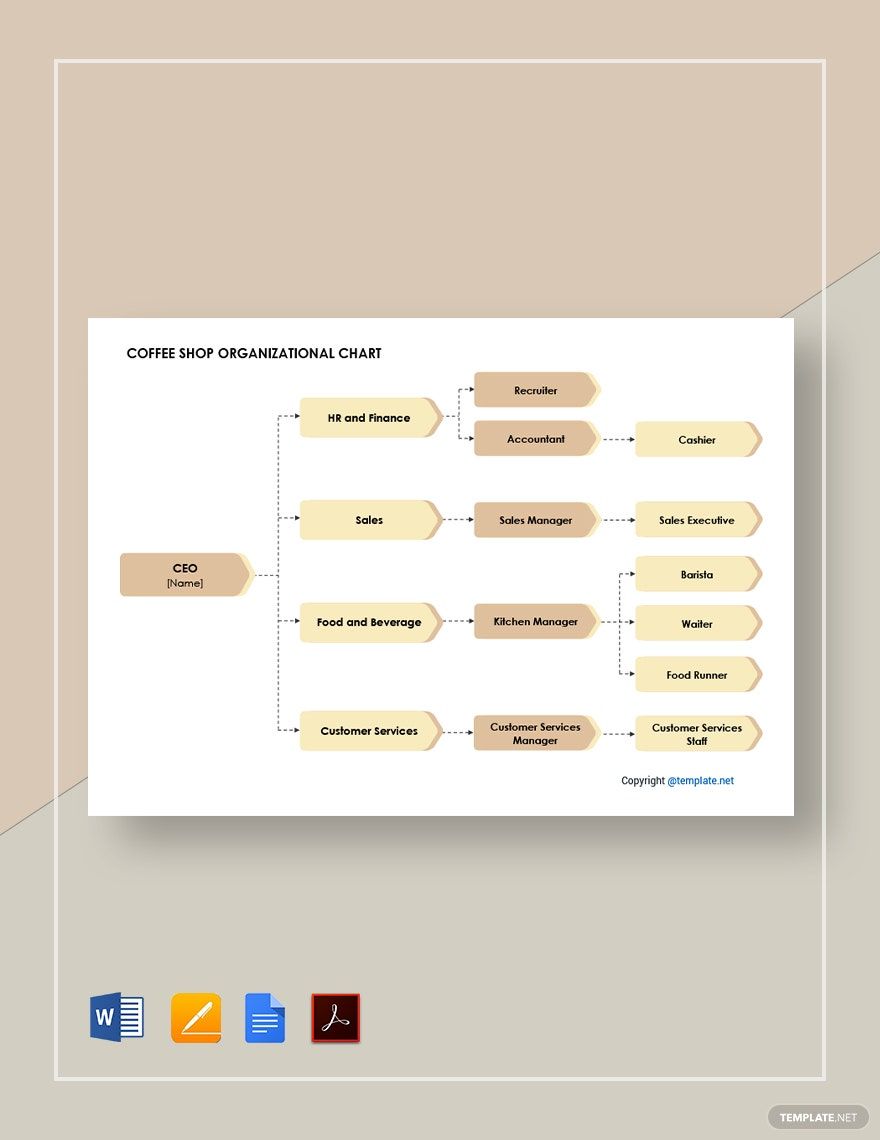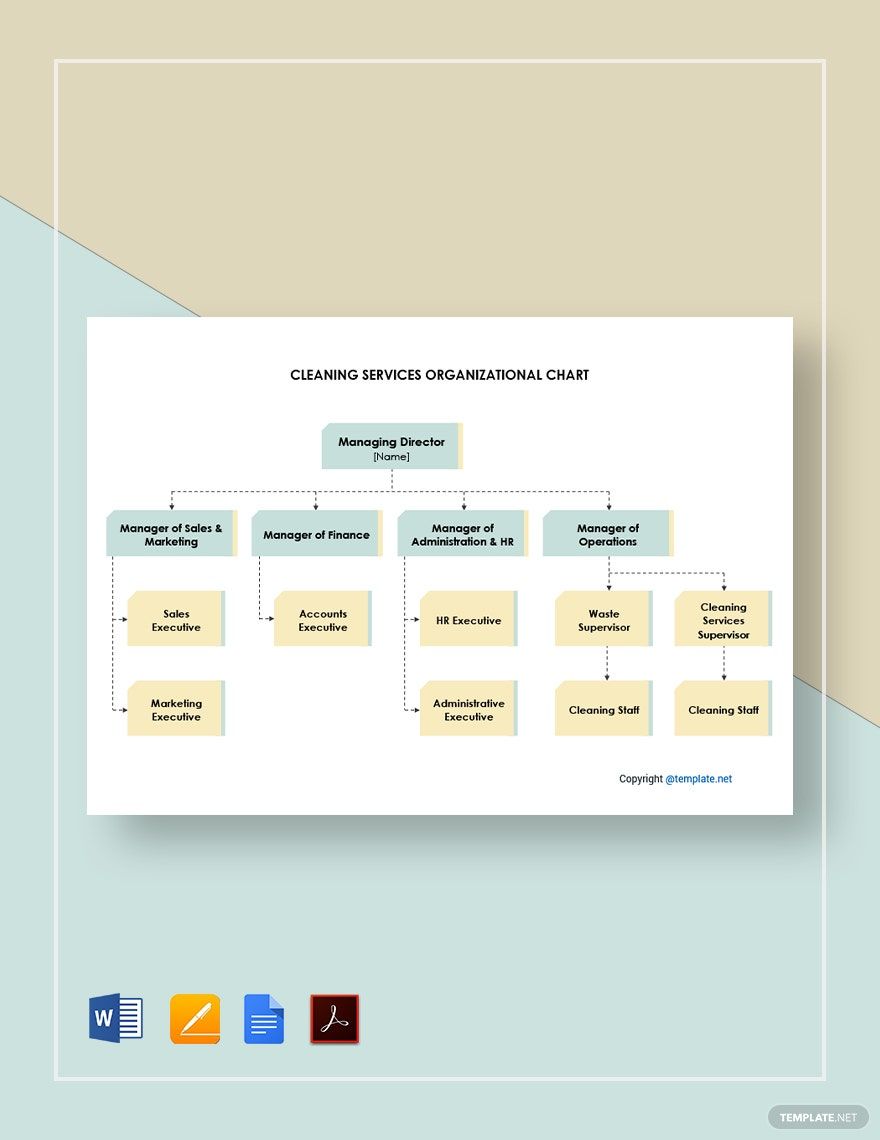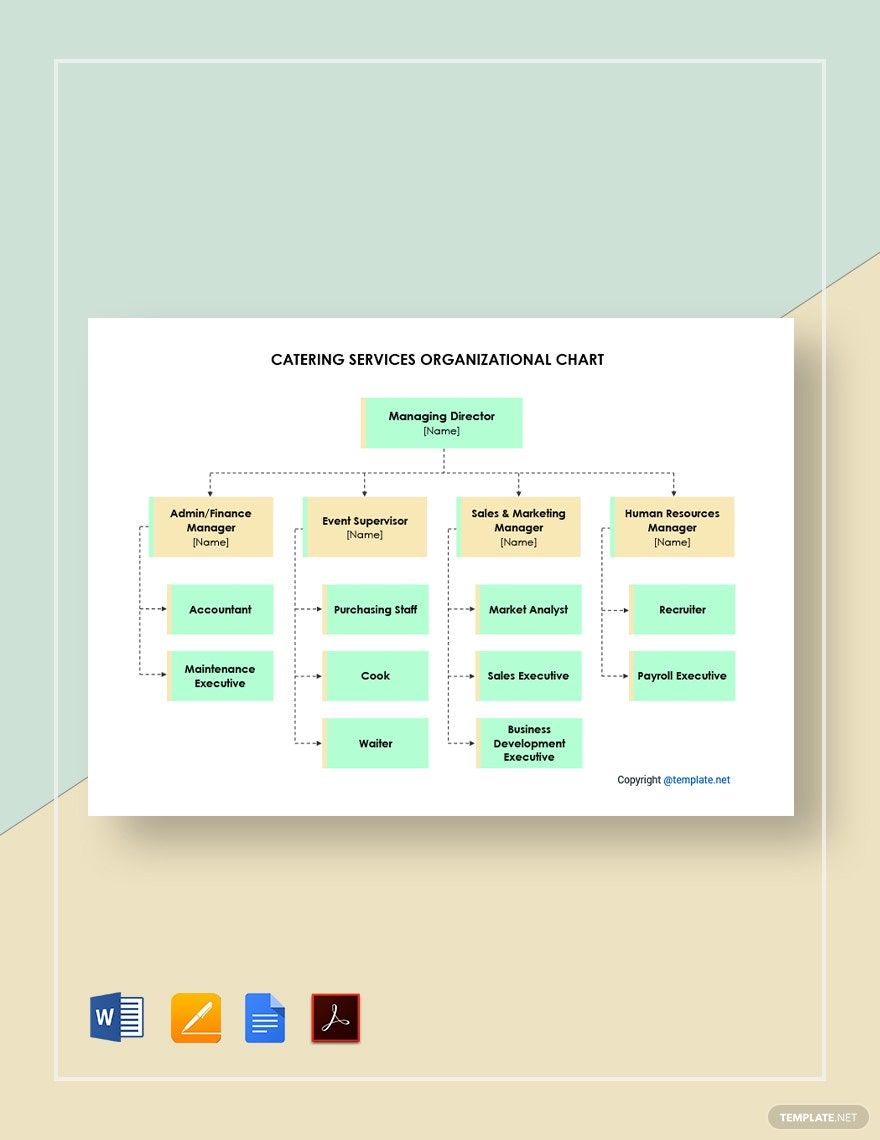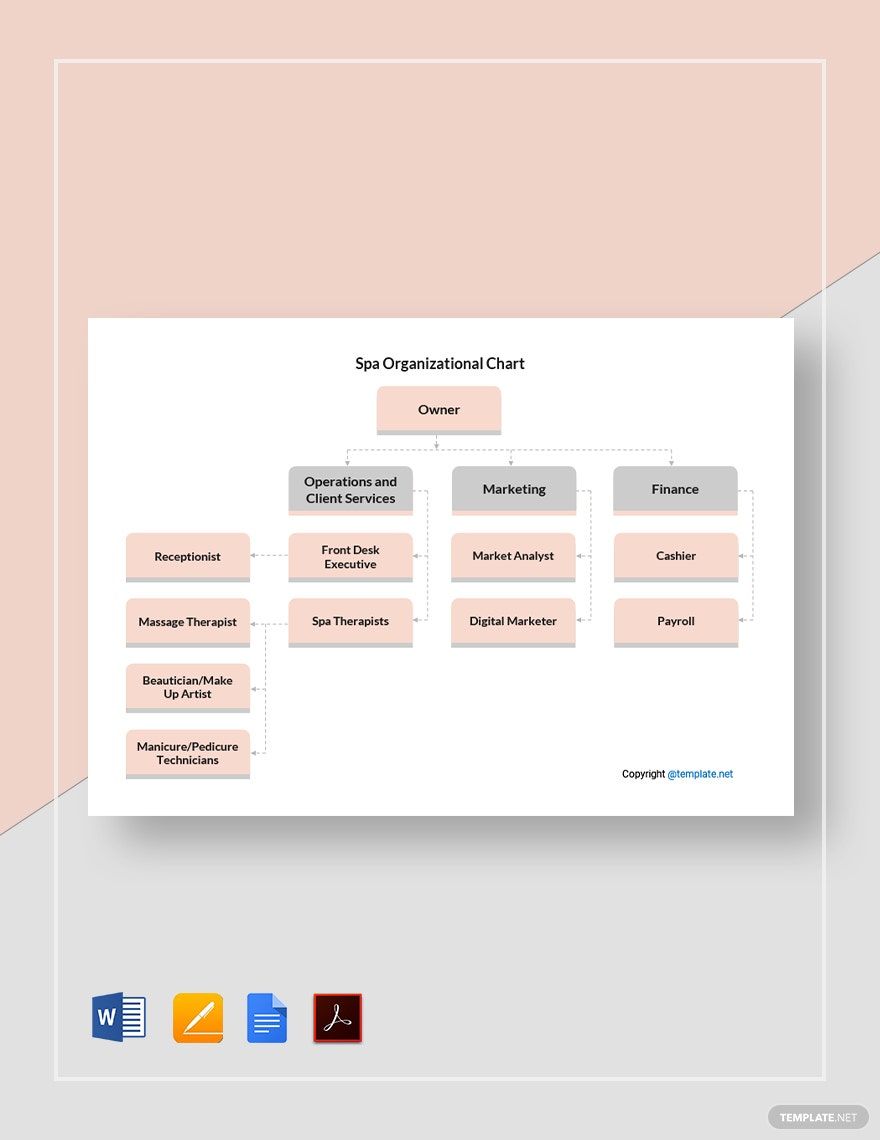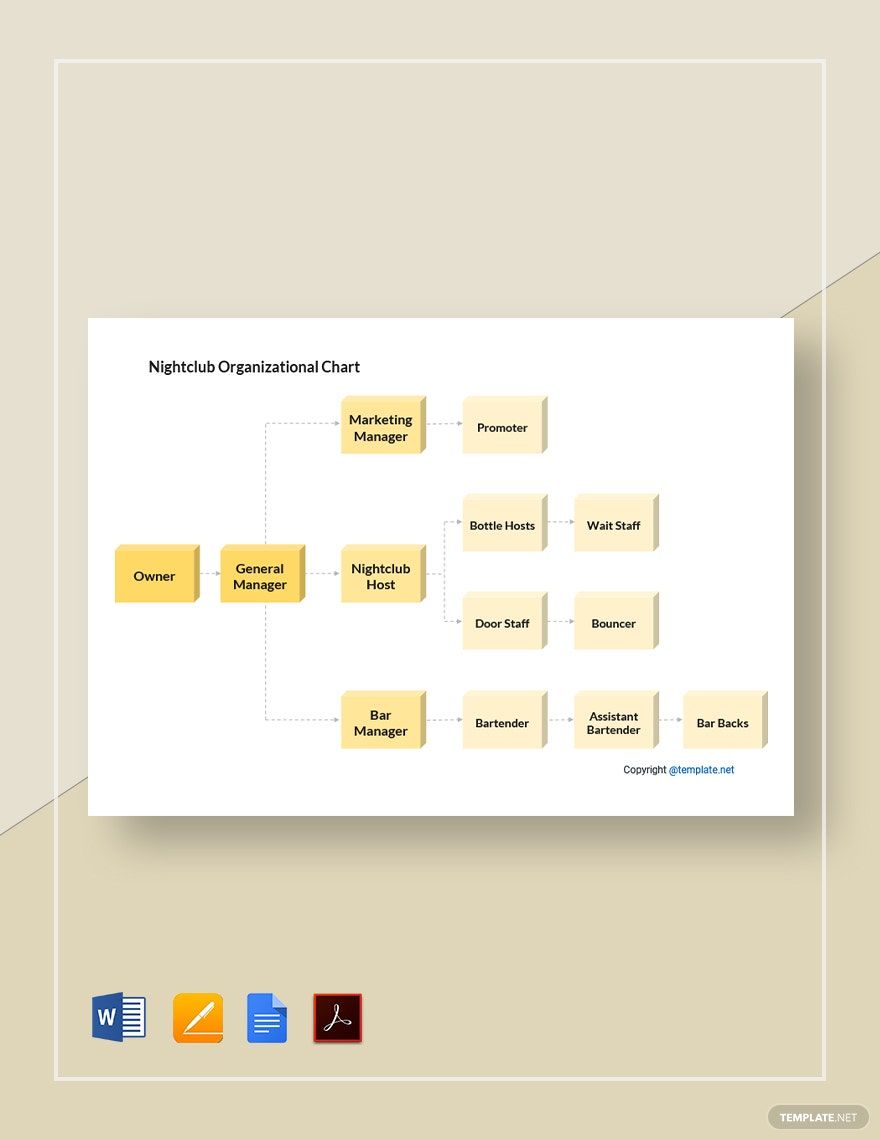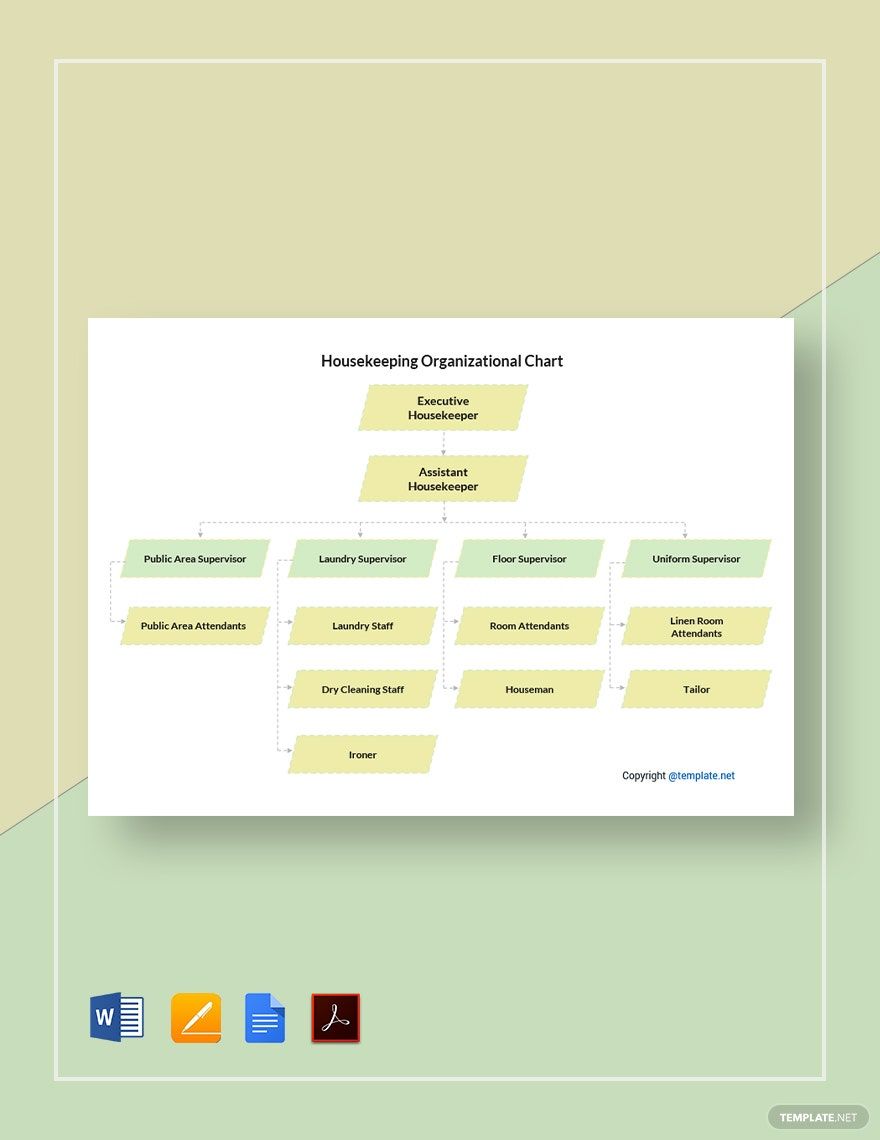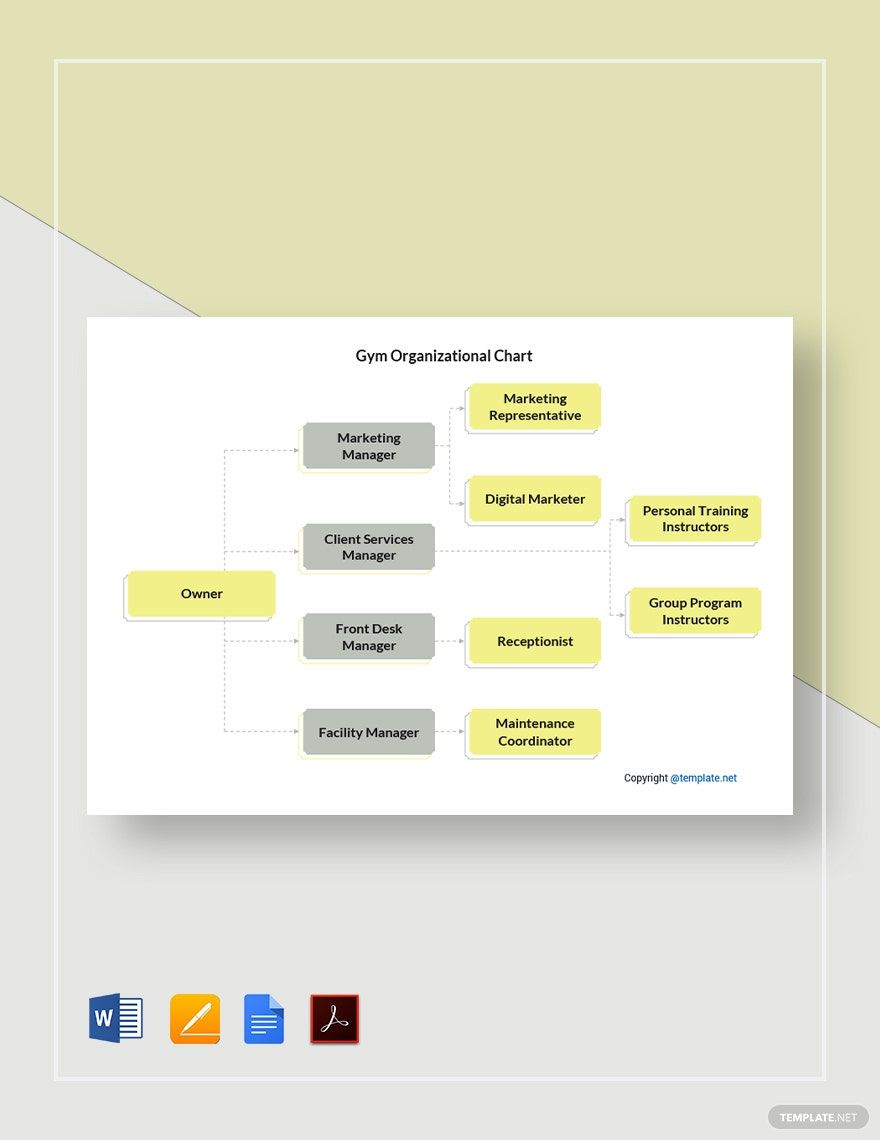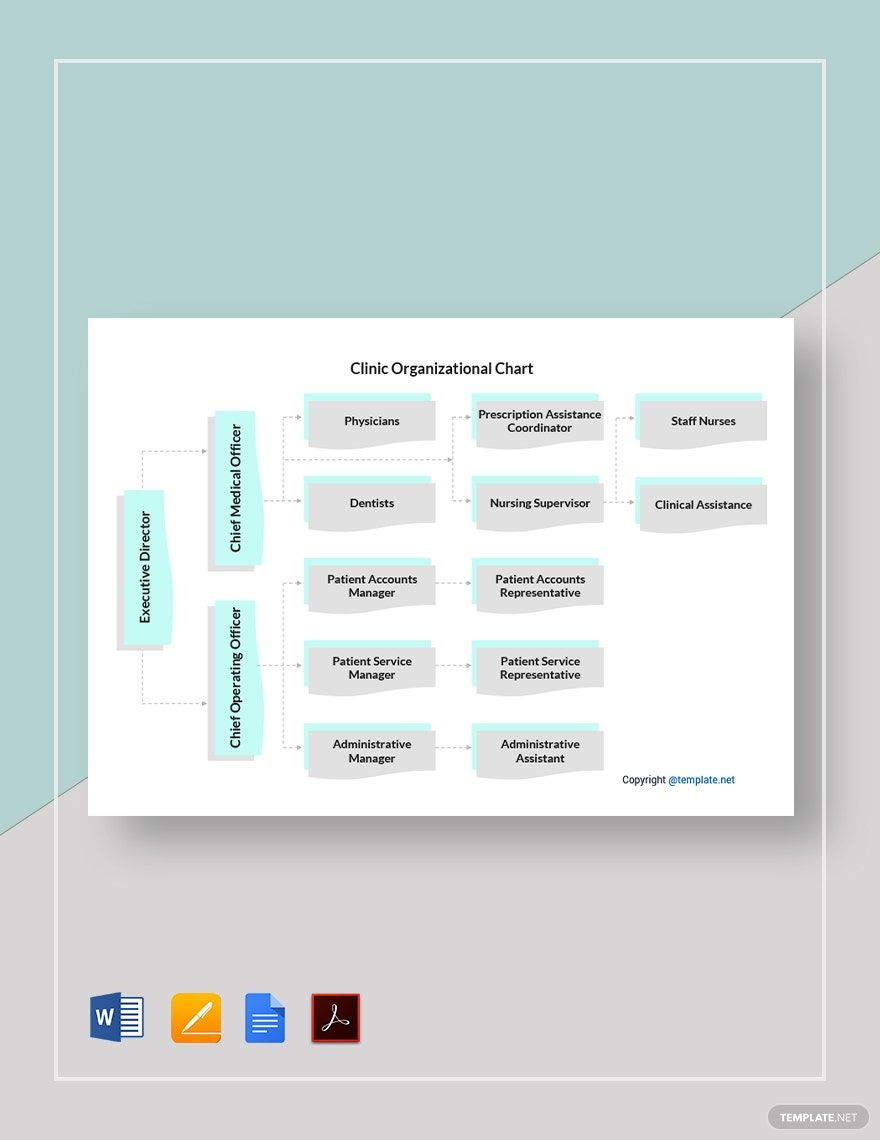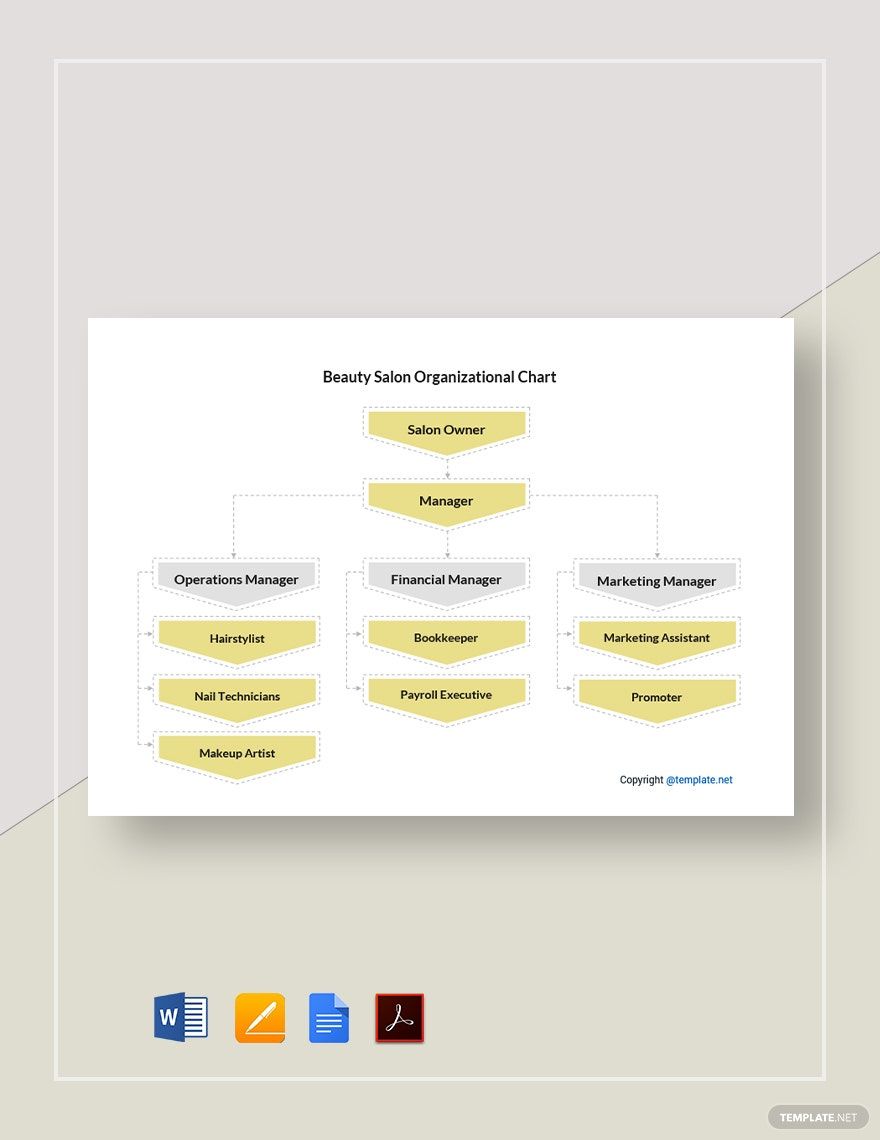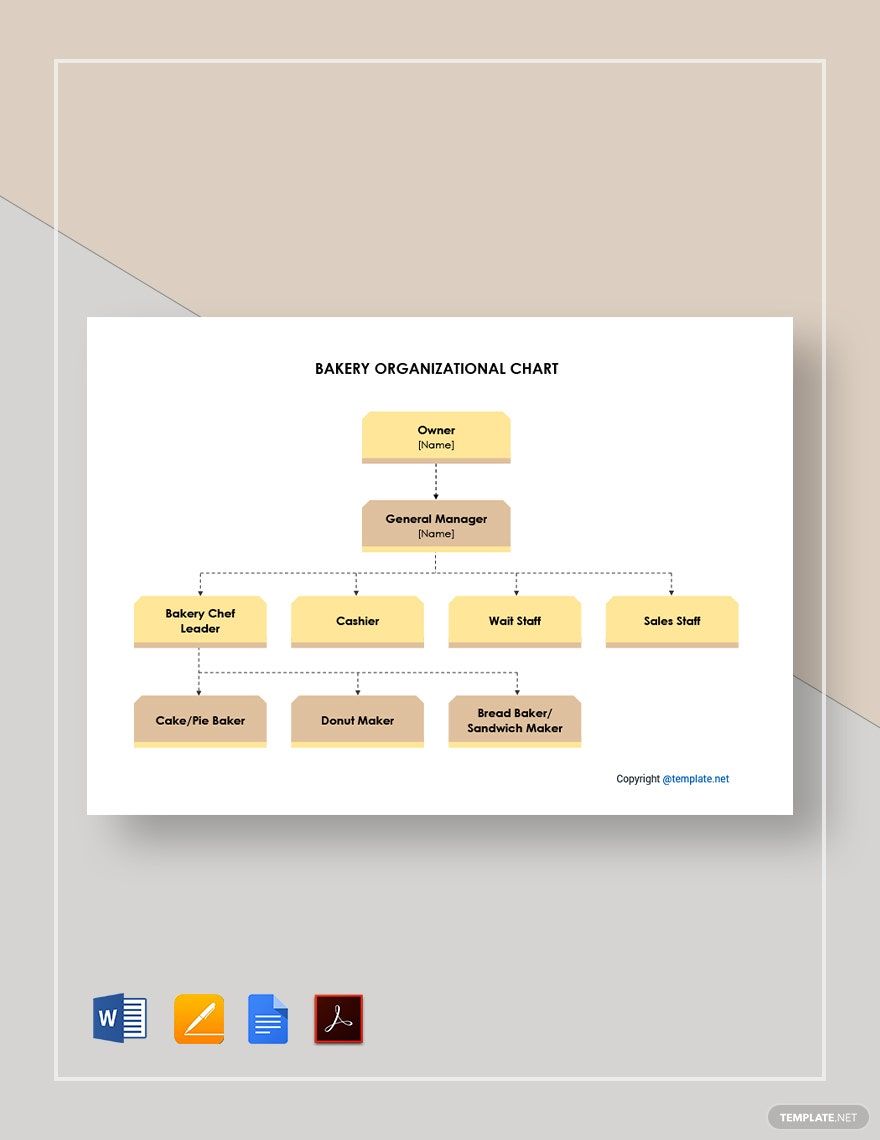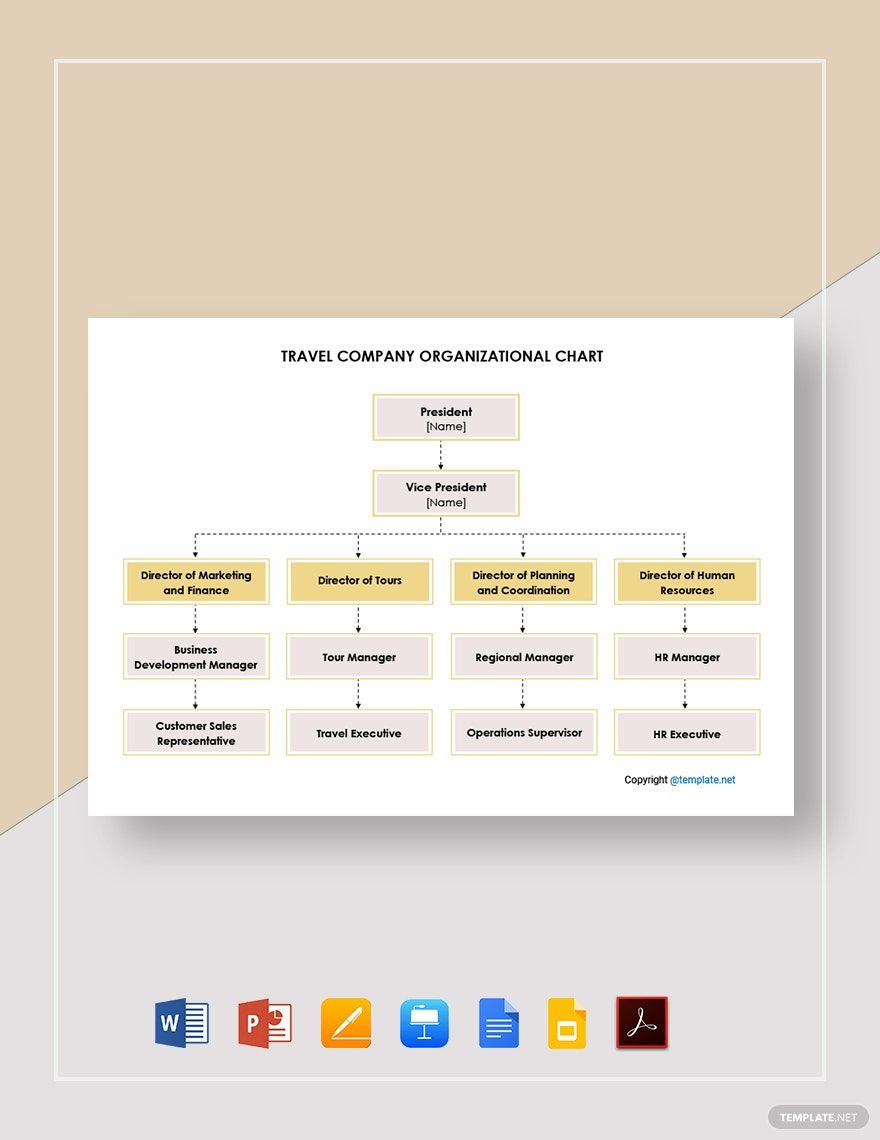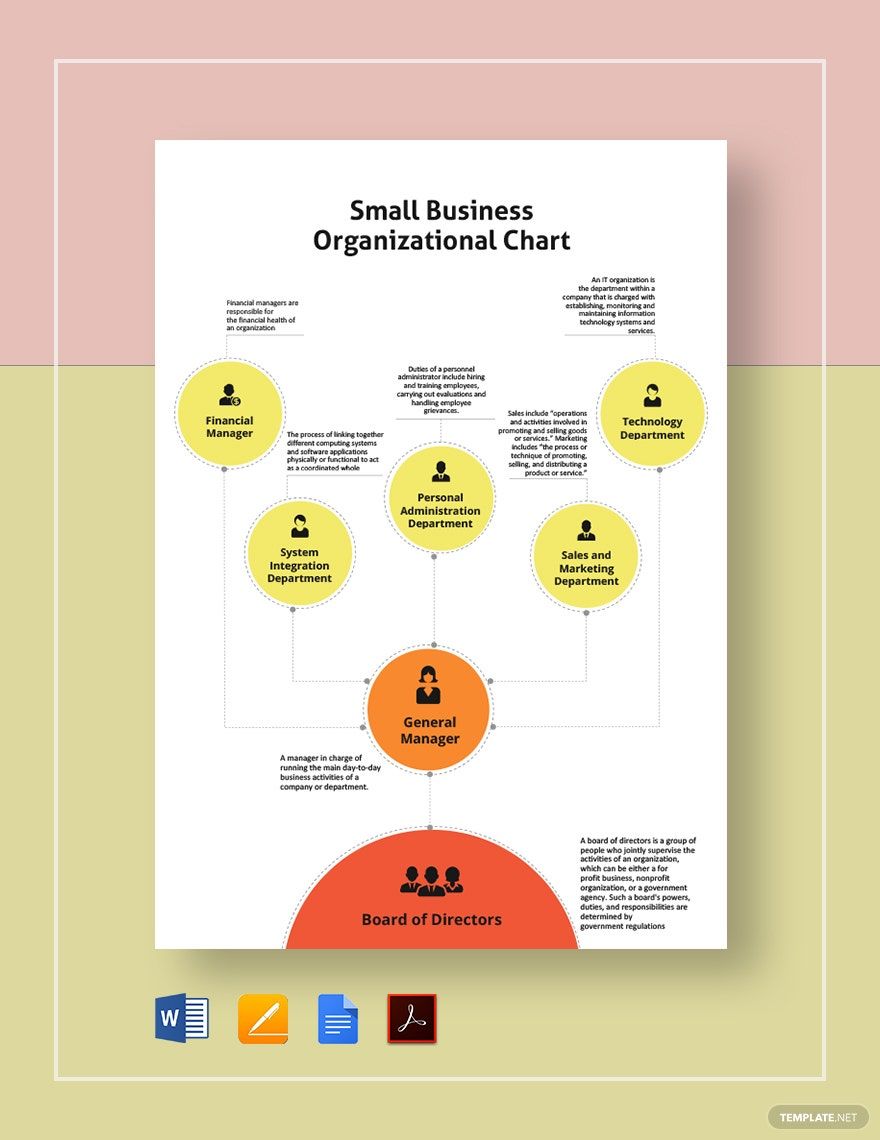The United States today has so many small and medium-sized businesses, it covers 90% of the country’s business population according to SalesForce. Most of these start out as a partnership business, but some also begin as a simple family business. Of course, how can a business function without an organizational chart? If you need to make one, we have Small Business Organizational Chart Templates in Google Docs available below. These are professionally designed and come with high-quality elements to get you started. Structure an org chart in no time by subscribing to our ready-made templates!
How to Structure a Small Business Organizational Chart in Google Docs
In 2019, the US has around 30.7 million small businesses according to the Small Business Association. If you’re planning on opening a small company, make sure to prepare an organizational chart. If you need help in making one, you’re welcome to take notes from our guidelines below.
1. Focus on the Structure of the Business
Businesses have their own structure in order to assign or delegate specific responsibilities. Since organizational charts are simply a visual representation of the company’s structure, you need to focus on and gather details from it.
2. Decide on a Type of Organizational Chart
There are various types of organizational charts to choose from if you’re making one. There’s the matrix type, flat type, and the hierarchical type. Which one do you think suits your organizational structure best? Refer to our FAQs below for definitions of each chart type.
3. Get Everyone’s Names and Titles
Of course, it’s important for you to gather up every single employee’s name for your organizational chart. Additionally, get each employee’s position or title in your small business. Both details, along with an optional portrait photo, are essential in organizational charts.
4. Start with an Outline of the Diagram
Whether it’s by sketching or writing down notes, it’s best to start with a basic outline before getting into the actual org chart. This will only take you a few minutes, but the outcome will be far superior when compared to that without a planned outline.
5. Keep the Shapes, Lines, and Spacing Consistent
Organizational charts consist of shapes and lines to signify people and relationships, respectively. When creating one for your small business, keep these elements consistent in size and thickness. Aside from that, the spacing between the shapes should be consistent as well.
6. Add Colors or Visual Enhancements
Fill each shape with a color that distinguishes itself from the background. Also, you can assign a specific color according to their rank in the hierarchy. And only if appropriate, you may also add design enhancements to the chart's background.
